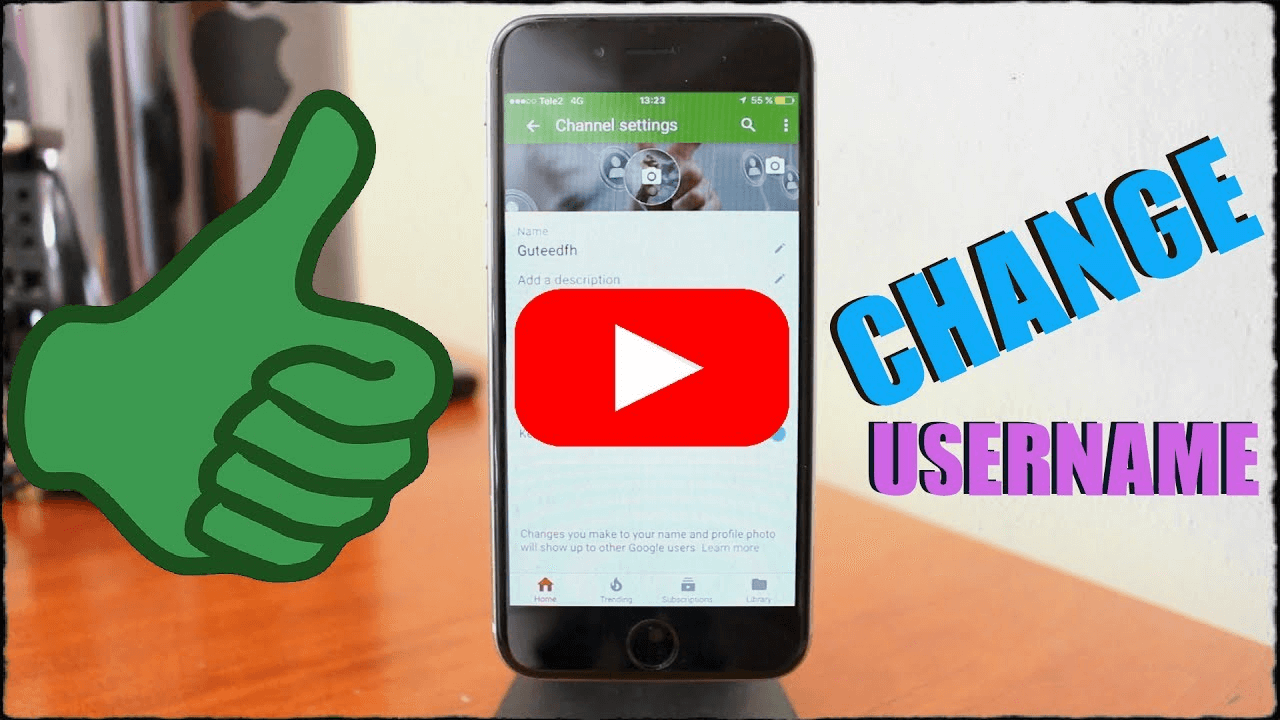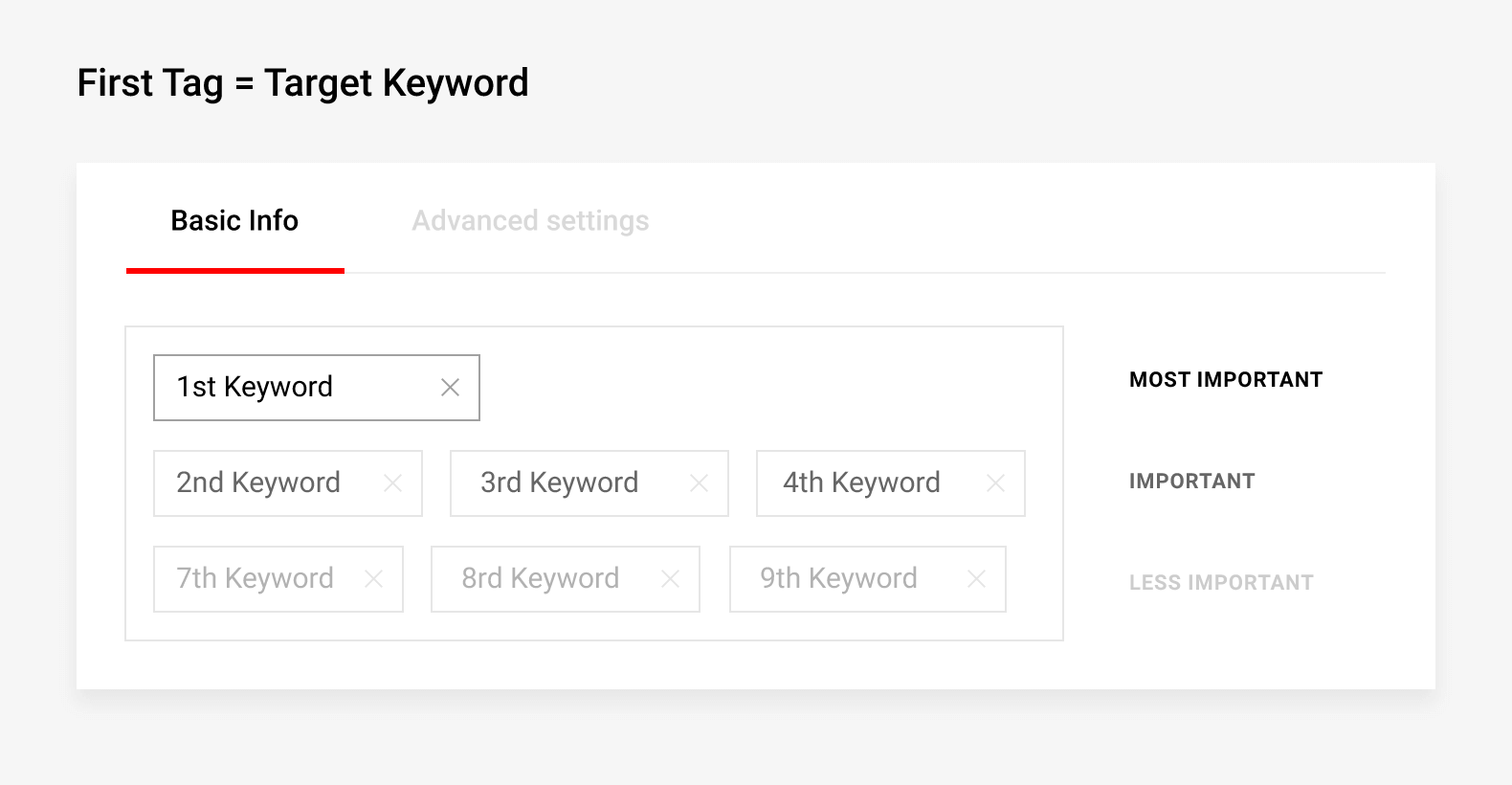A decade ago, inbound marketing was a foreign concept and marketers discovered that it wasn’t enough to publish huge volumes of content, but it also had to be of high quality. The content had to be optimized to be seen by search engines and to have an impact. The content was limited to blocks of text which is no longer the case today.
Nowadays, comprehensive content is diverse and includes written material like blogs, articles, and eBooks together with new media like podcasts, videos, and visuals. Video marketing is particularly is rapidly growing. Many
SEO Services have discovered YouTube’s potential and are investing heavily in it to market various products. However, the rise of other content formats is not making it easy for them making optimization for search engines necessary.
For your YouTube videos to be relevant, you need to make them discoverable by search engines. But how do you do that? How do you optimize your YouTube channel search? This article will answer these questions for you by providing effective tips tools for video SEO.
1. Use Keywords to Rename your Videos
www.youtube.com
Video optimization works like any other written content optimization by using SEO tools to identify keywords you need to be searched within your videos. After you’ve discovered your keywords, put them in your video file, before uploading them on YouTube. The reason being YouTube doesn’t check your videos for the relevance of your keywords. Fortunately, there are many places to insert these keywords on your video’s viewing page once it’s published. However, YouTube reads all code and file names on your videos once they are uploaded. Therefore, the proper thing to do is replacing the “business_ad_003FINAL.mov” file name, with your desired keywords. If your keyword is “home improvement tips”, make your video file name “home-improvement-tips. This should be followed by your video file type (MOV, MP4, and WMV) which are compatible with YouTube.
2. Keywords should Appear Naturally
The title is the first thing viewers are drawn to when searching for videos. This is the main determinant of whether to view the video or not. Therefore, besides being compelling, the title should be concise and clear enough for viewers to understand. The title should also match the viewer’s searches. Videos that match exactly with the keywords have a minimal advantage over those that don’t match. Targeted keywords in your title may help you rank better for that term. Nonetheless, optimization of the title for keywords is a good idea, but they have to fit in naturally to avoid staffing and maintain the relevance of the topic. It is advisable to keep the title short to the point (about 60 characters) to avoid being cut off in results pages.
3. Optimize Your Video Description
www.yuppletech.com
Google’s official character limit for YouTube video descriptions is 1,000 characters and you may be tempted to use all that space. However, you should also understand that the viewer’s aim to click your videos is to watch them not read an essay. The viewer will then click “show more” for full description. It is therefore advisable to front-load the description with crucial links or CTAs, which are more important. To optimize the videos further, it won’t hurt to transcribe the videos for those who wish to view without audio.
4. Tag Videos with Relevant Keywords
www.backlinko.com
For further video optimization, Creator Academy advice marketers to use tags to tell more about the video. This is not just good for the viewers, but also YouTube itself. This is because the YouTube platform is tag oriented to understand video context and the entire content. Using tags allows YouTube to associate your videos with similar videos, broadening your content’s reach. However, tags should be picked wisely. Avoid using irrelevant tags with an assumption that they will get you more views. You may end up being penalized by Google. The tag should also start with targeted keywords preferably long-tail keywords – how to.
5. Categorize Your Video
Under the “Advanced settings” you can categorize yours after uploading your video. This is another way of grouping your video content with other similar content on YouTube so that it winds up in different playlists for more exposure with your audience. Choosing a category is hard. Marketers have to do a comprehensive process to determine the category each video belongs in. To help with this you, ask yourself the following:
- Who is the biggest category? What is their specialty and what are they known for?
- Are there similar channels and audiences within a given category?
- In the same category, do the videos have qualities like production value, length, or format?
6. Use Custom Thumbnail Image
What viewers see when scrolling through a list of video results is what we call video thumbnail. Together with the title, thumbnails send signals to the viewer about the video’s content. This influences the impact the number of clicks your video gets. You can always choose thumbnails auto-generated by YouTube; it’s advisable to pick a custom thumbnail. On YouTube, 90% of the best performing videos have custom thumbnails. This is according to The Creator Academy. Use images that are 1280x720 pixels which represent 16:9 ratios. The images should be saved in 2MB or smaller .jpg, .gif, .bmp, or .png files. By applying these parameters, your thumbnail will be of high quality across multiple screen sizes. You should note that to upload a custom thumbnail image, your YouTube account has to be verified first. To verify your YouTube account, go to youtube.com/verify and follow the instructions.
7. Include Subtitles and Closed Captions Using SRT File
Just like all the other texts discussed above, subtitles and closed captions also plays a vital role in your video SEO. They are used to highlight keywords. You can add subtitles or closed captions to your video by uploading a supported text transcript or timed subtitles file. One thing about subtitles is that you can limit the displayed text. To do this, head over to your video manager then click on “Videos” under “Video Manager.” Get the video you want subtitles or closed captioning added to and click the drop-down arrow next to the edit button. Then, choose “Subtitles/CC.” You’ll then decide how you want your subtitles or closed captioning added to your video.
8. Add Cards and End Screens
Have you ever seen a small white, circular icon with an “i” in the center appear in the corner, while you’re watching a video? It can also be in the form of a translucent bar of text prompting you to subscribe. These are Cards or preformatted notifications that appear on desktop or mobile. Their purpose is to which you can set up to promote the user’s brand and other videos on their channel. A single video can have up to 5 Cards which are found in 6 types including:
- Channel cards – These cards are used to direct the viewer to another channel
- Donation cards – These encourage fundraising on behalf of U.S. for nonprofit organizations
- Fan funding – To ask for support from your viewers for video creation
- Link cards – For directing viewers to an external site or an approved merchandise selling platform
- Poll cards – These cards allow viewers to vote for the response
- Video or playlist cards – These link to other similar YouTube content
Final Remarks
The success of any YouTube channel starts with the quality of the content no matter the SEO Strategies or tools used. Aim for user satisfaction and the rest will fall into place. Make the videos relevant to your viewers and they will look for at any cost.




